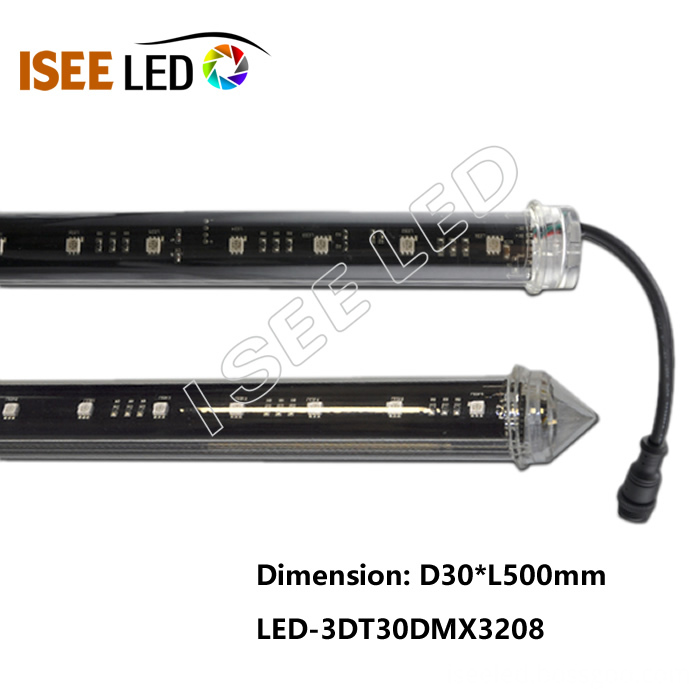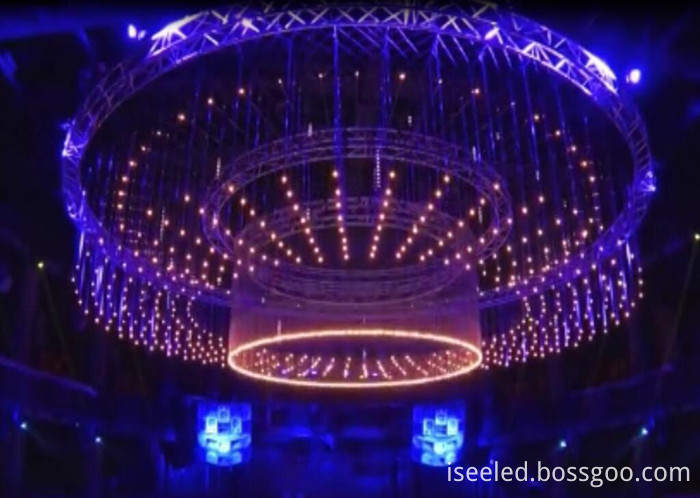Stainless steels, particularly austenitic and duplex grades, are widely used in the chemical industry due to their excellent corrosion resistance. These materials are commonly employed for components that come into contact with aggressive chemicals, such as pumps and valves. Our company produces a range of chemical pumps, many of which are constructed using cast stainless steel parts. Due to the casting process, the surface of these components often develops a dark, non-reflective layer known internally as "black skin." This layer is harder than the machined surfaces and presents significant challenges during machining.
The formation of the "black skin" occurs after casting, when the part undergoes sand cleaning, grinding, heat treatment, shot blasting, and acid washing. These processes result in the formation of a dense oxide layer on the surface, giving it a dull appearance compared to the polished machined areas. This layer not only affects aesthetics but also complicates machining due to its high hardness, typically around 380 HBW.
Machining stainless steel is inherently difficult due to several factors. First, the material exhibits severe work hardening, where the cutting process increases the hardness of the surface layer, making subsequent cuts more challenging. Second, the high plasticity and toughness of stainless steel lead to large cutting forces and poor chip control, resulting in excessive heat generation. Third, the thermal conductivity of stainless steel is lower than that of carbon steel, causing heat to concentrate at the cutting zone, which accelerates tool wear and reduces tool life.
In addition, the presence of the "black skin" introduces further complications. The uneven surface, caused by pouring risers and other casting imperfections, leads to intermittent cutting conditions, which can cause chipping or breakage of the cutting tools. Moreover, the lack of coolant during machining on certain equipment like the TX68 and TX6111C machines further exacerbates the difficulty.
To address these challenges, we conducted a series of process tests focusing on blade selection, cutting parameters, and tool performance. Various types of inserts were tested under different conditions, and the results showed that certain coatings and geometries performed better than others. For example, the CNMG120408-SMR-1115 insert was found to be highly effective for roughing operations on the "black skin," while the CNMG120404-MF-2015 was ideal for finishing due to its chip-breaking capabilities.
These findings helped us optimize our machining strategy, improving efficiency and reducing tool wear. By carefully selecting the right tools and adjusting cutting parameters based on the material's properties, we were able to overcome the challenges posed by the "black skin" and achieve better surface finishes and longer tool life.
DMX 3D LED Tube Light
Diameter 20mm DMX 3D Tube we have different length 0.5m, 1m, 1.5m and 2m , led on double sides with 360degree beam angle for disco,bar,nightclub decoration. the DMX 3D Tube work with DMX Artnet Controller and Madrix software, the LED 3D tube can achieve 3D effects, like 3d illusion lamp, with Madrix software, the 3D LED Tube can music makes lights.
Diameter 30mm DMX 3D Tube, it also named led meteor lights and led video light, led on double sides with 360degree beam angle for disco, bar, nightclub decoration. With Madrix software, the DMX 3D Tube can show rain effects lights.
Diameter 50mm DMX 3D Tube for 3d deco light and concert light, the DMX 3D Tube work with DMX Artnet controller and Madrix software, the tube can achieve 3D effets.
Photo show of DMX 3D Tube:


Dmx 3D Led Tube Light,3D Led Tube,Led Meteor Lights,3D Deco Light
Shenzhen Iseeled Technology Co., Ltd. , https://www.iseeledlight.com

